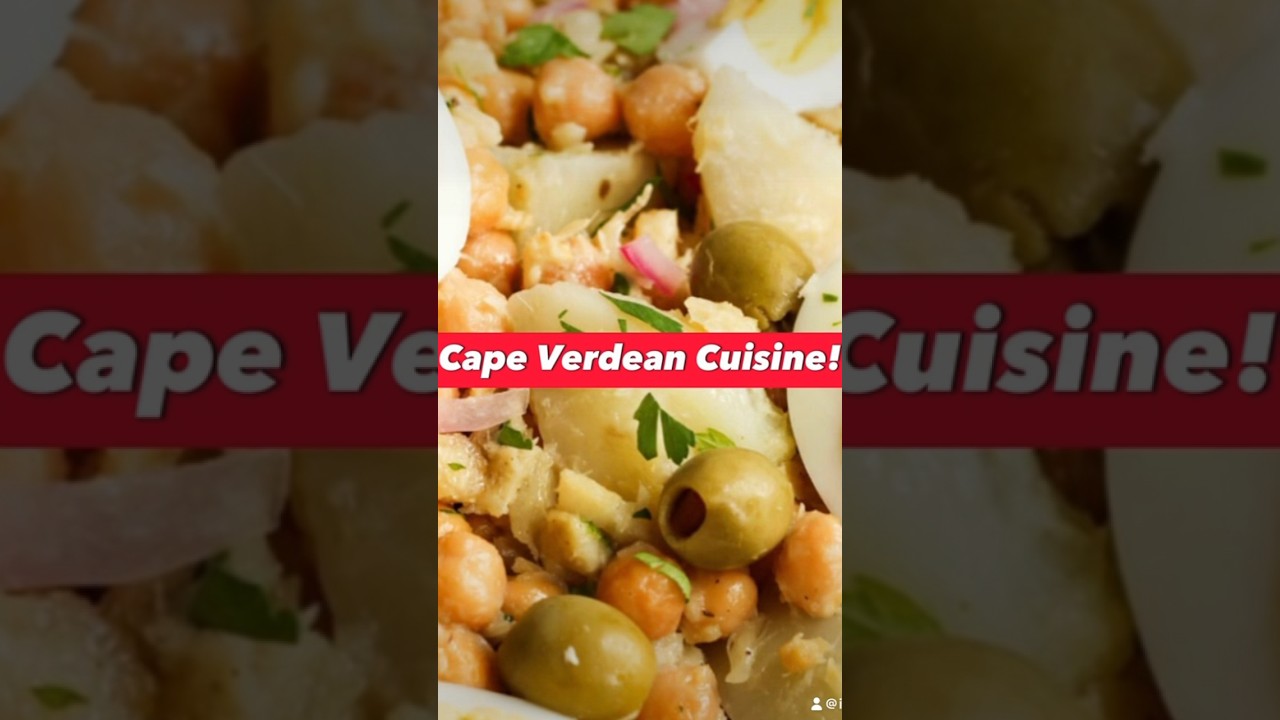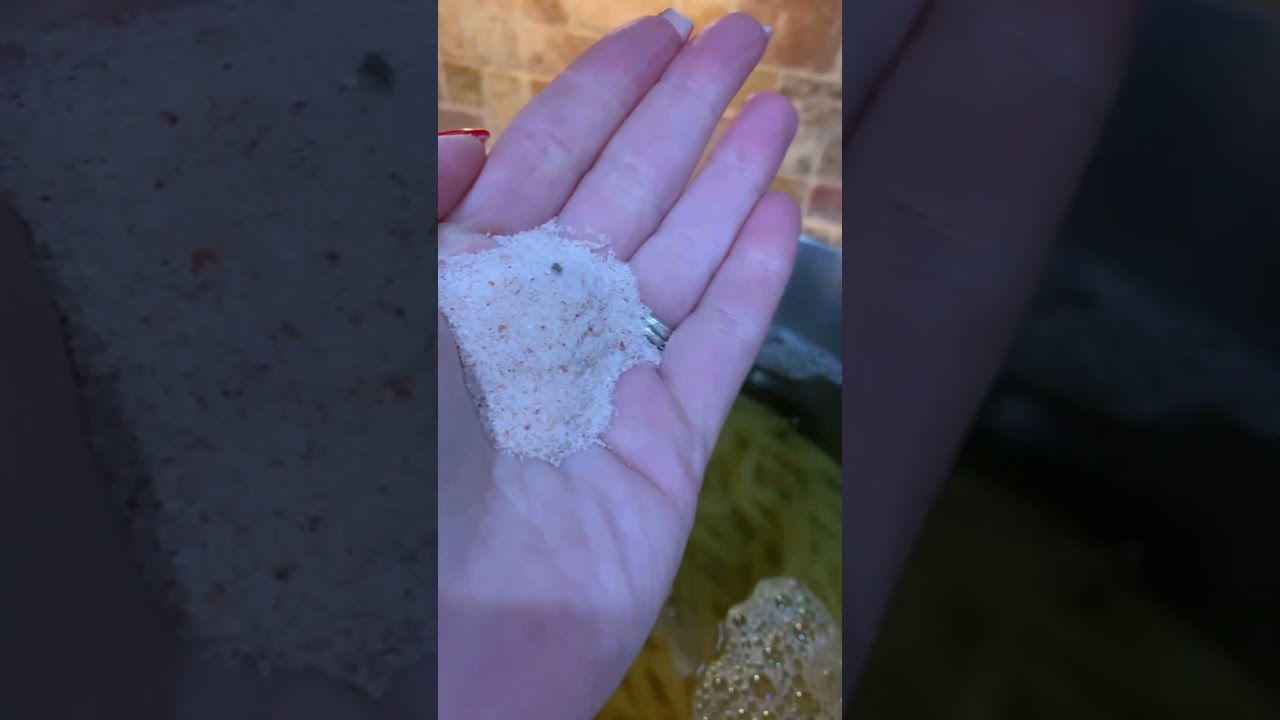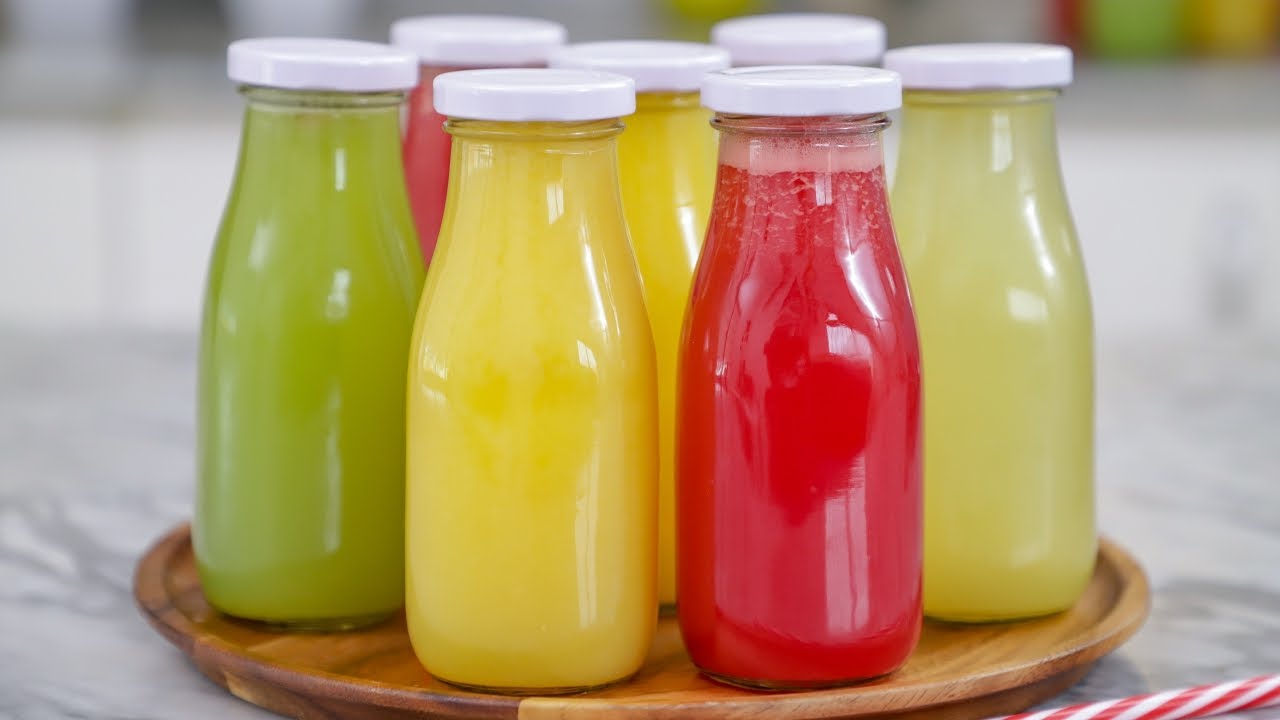T'ej Ethiopian Honey Wine Complete
T'ej Ethiopian Honey Wine Complete
Describes the initial steps in making Ethiopian Honey Wine (T’ej) with a tasting at the end.
Note: I am not a professional winemaker. I hold no responsibility if the results of your winemaking causes injury or ill health. This is as natural (where possible) winemaking channel. The wines made on this channel do not use sulfites. You may use…
source
Reviews
0 %











Sorry, this channel does not offer individual winemaking advice.
Amazon & Canva affiliate product information. As an Amazon Associate & BrewDemon & Canva Affiliate I earn from qualifying purchases.
My current winemaking setup: BrewDemon Fermenter: https://www.avantlink.com/click.php?tt=cl&merchant_id=f34b031c-e43a-43a4-973d-24d17c9a727a&website_id=ebe44688-8c34-46de-b945-9406903c8ad6&url=http%3A%2F%2FBrewDemon.com
pH Meter: https://amzn.to/3QA5Bek
Red Star Premier Blanc Wine Yeast: https://amzn.to/3yskhUK
Wine Yeast Sampler: https://amzn.to/3F8gNtf
Hydrometer: https://amzn.to/3l2XbMS
Airlocks: https://amzn.to/36bpGlg
Wine Corks & Caps: https://amzn.to/3vgBA9w
Wine Bottle Corker: https://amzn.to/3zO4fVa
Stoppers: https://amzn.to/3673Tv1
Racking Cane: https://amzn.to/34YyP19
Wine/Beer DeGasser: https://amzn.to/3ODVTXi
Star San: https://amzn.to/356Tnot
This isn't Tej at all my neighbors makes it with turmeric honey and another seasoning. Turns out like a shot lord the Ethiopians know what they doing.😟
Why are the Ethiopians in the comments patronizing the man as he is showing appreciation for the culture? He took steps to recreate the beverage to the best of his ability and knowledge. Why are you all so condescending an arrogant to people outside of your culture? Jeez smh.
The proportion you used is a bit different. You need to select the type of honey too. The time you used to cook the stick is also to much. You need the right ratio and processing varibel to come up with the right ethiopian tej. Recommend to try real ethiopian product.
The way you made it ,totally different how we made it! But thank you that you tried it !
If you add raisins, would habe been better and organic egg.
But well done sir
Come to Ethiopia and see how it's made locally
I tried this yesterday made by an Ethiopian lady, highly recommend it.
Sir you need to add zebib fruit & turmeric powder…
😂😂😂😂😂 it is wood wine sir i have tried it and it taste like no honey at all. I love your videos. It is not sweet like grape wine. Like Stella
It’s different how to make it in Ethiopia
Thank you for this very interesting video. In Ethiopia, t'ej is not made to be aged but is consumed "green" and, typically, it's made for a family celebration (a wedding or birth), although families sometimes made t'ej and sold it at what is called a "t'ej bet" or t'ej house. Today there are a few commercial meaderies that make t'ej to be drunk for pleasure much like like European wines. While every household has its own unique recipe, typically, I think it is made from 1 part honey to 3 parts water. The twigs (and some people use the leaves from the gesho plant we know as buckthorn) are used very much like hops in brewing beer, to counter-balance the residual sweetness of the honey: traditionally, households never waited for the mead to ferment dry. Ten days to two weeks is the normal range time in the fermenter. Traditionally, yeast is not usually added as the makers of t'ej rely on the yeasts in the raw honey and the yeasts and bacteria in the enchet (twigs) or the kitel (leaves) to ferment the t'ej. So, it might take three days or longer for the indigenous yeast to form a colony large enough to even begin to ferment the honey. Additionally, the bacteria on the gesho added a hint of sourness from lactic bacteria on the wood, (Traditional recipes would allow the gesho to sit in the must for about three days before the twigs or leaves are removed with some of the honey water and boiled and then returned to the fermenter when they had cooled. My own method of making t'ej is similar to yours: I boil the gesho (for 30 minutes) before I add the wood and water to the honey. Often people add turmeric (about a teaspoon) to make the color more brilliant.
This seems sort of similar to Dominican mamajuana, have you had that before and if so is it similar?
I made a mead from a branch of sasafras in my back yard. It's made me really excited about stick wines. Maybe I'll try this next. Thank you!
I've made a mead with cinnamon sticks before, so making mead with sticks is something I'm fond of. (Don't do that unless you want a mead that tastes like something between hot tamales and fireball, closer to fireball but with more sweetness. great mixed with hard cider!) Cheers! I loved this video, its always interesting to see how meads, wines, and beer vary from culture to culture 🙂
A lot of the honey available at grocery stores is honey that has been commodified; producers try to make it the same across the board so it can be traded like-for-like. I was fairly surprised how differently wildflower honey tasted when I was gifted some from a local family. There was just so much more flavor. I wonder if a T'ej made with some less-processed honey might have an improved flavor.
this inspired me to make a apple stix mead. have to start it next week.
Hahaha "wood juice" 🤣 Tej is something I haven't tried making yet – the flavor profile is so interesting!
Maybe you should try making mead… which is pure honey wine… without the bitter twigs. Mead is sweet and always delicious 😋
I suspect when boiling the twigs you leeched out a lot of the tannins in the wood and bark. I don’t know what the traditional method is that you spoke of but if it doesn’t involve boiling the sticks then perhaps the end result would have less of a puckering effect. The other thing is the name “honey wine” may have built up certain flavour expectations, and the sharp diversion from actual honey flavour may have been extra jarring because of it. Great video, real nice pace and calming to watch. Thanks.
You post really nice informative video on homebrew. I saw your old using natural substitute video. I just want to know how effective is green papaya peels as a substitute for pectic enzyme ? Can you use the papaya peels in one of your upcoming videos of homebrew as a substitute for pectin enzyme?
hello sir ,
loved your videos …
please make wine useing oak chips .
thanks .
Aquired taste=doesn't taste good but you can learn to tolerate it 😉 I would rather start with something that taste good 😉 Hehehe Thanks for being a guinea pig for us 🙂 But ya, it's sticks… what can we expect 😉
Gonna have to try this I’ve made several tea wines I love, English, hibiscus and the Lapsong which was to much like tobacco
Make sure to take a bottle with you, next time you go out to eat at an Ethiopian restaurant.
I bet the manager and chef would love a taste.
And the wine itself will taste better with the spices in Ethiopian food.
I love that he added tastings at the end of his more recent videos.
I was wondering if you were going to keep drinking it till you were like damn this is good … lol
You should have a drawing for a bottle of it.
My favorite video so far your facial expression are awsome
Nice pour into your fermenter. T'ej washes down Ethiopian food real well. I don't think I would drink it on it's own.